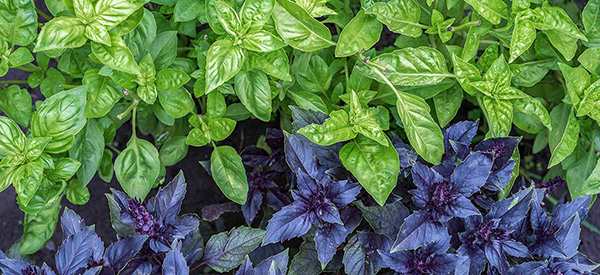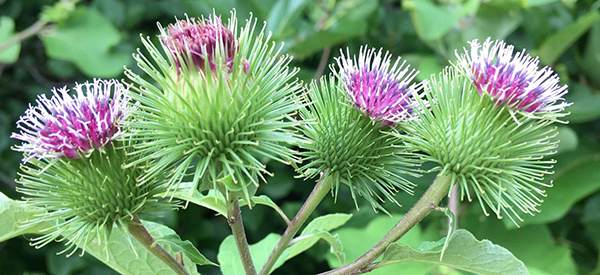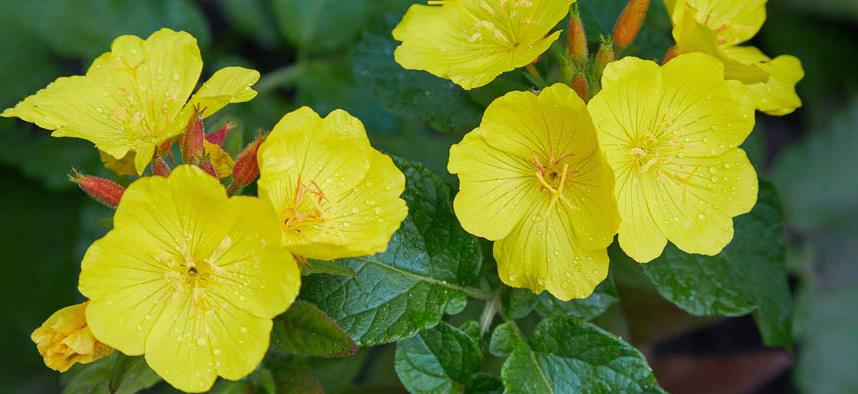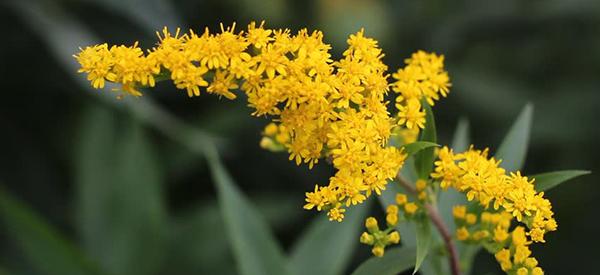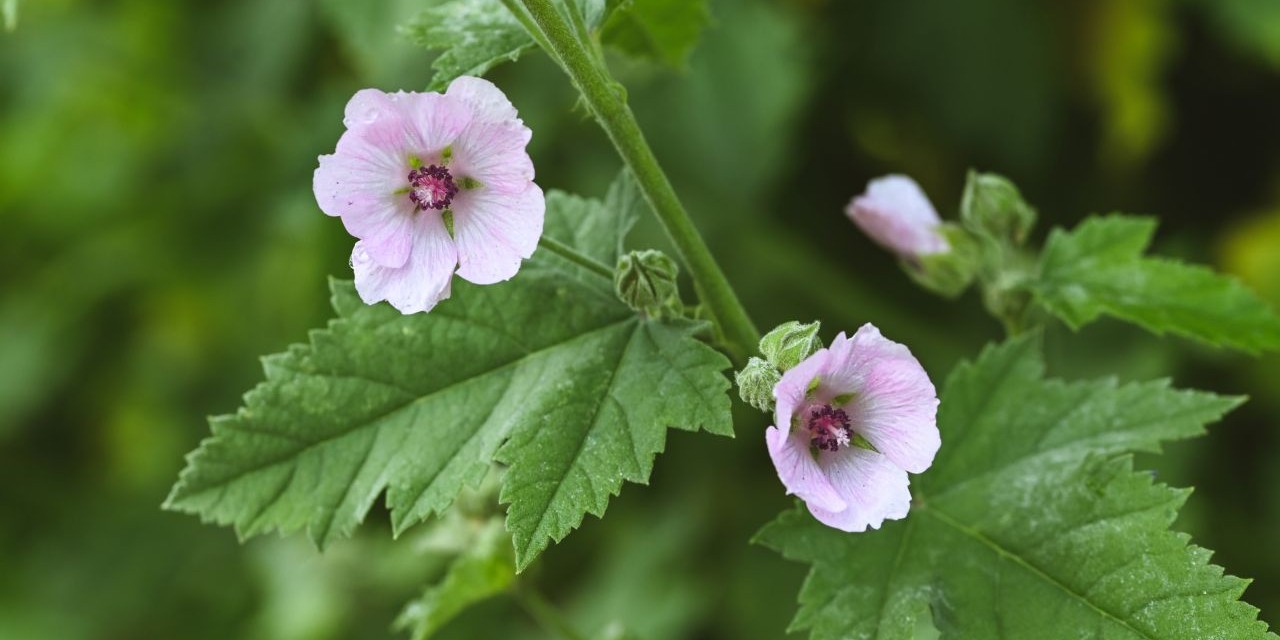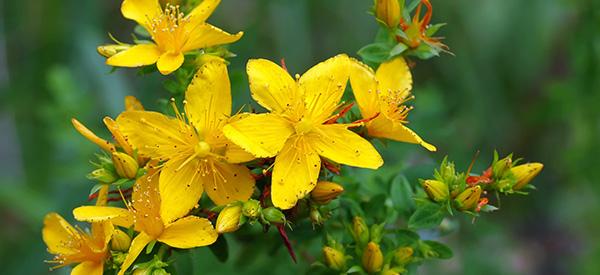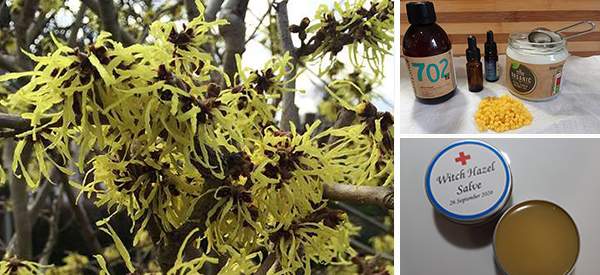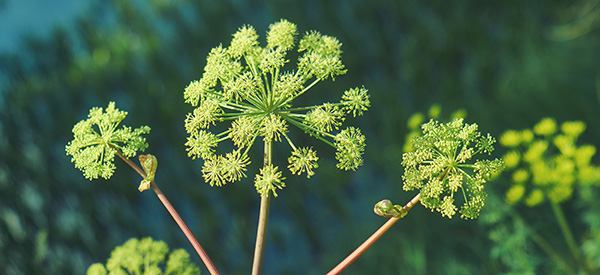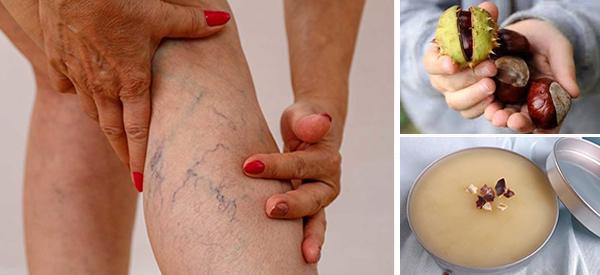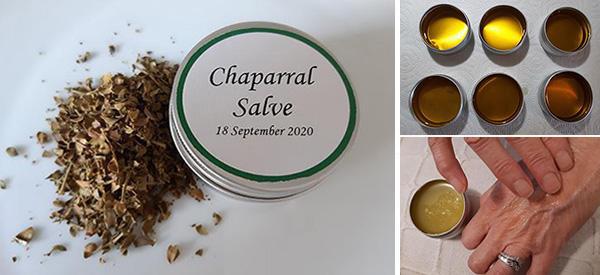Evening Primrose
Common Evening Primrose (Oenothera biennis) is part of the Oenothera genus that contains an astonishing 145 species. It is thought that may have come from the Greek for “wine scenting” as the plant's roots were used for this purpose. This…
Plant of The Week: Marshmallow
Our plant of the week is the Marsh Mallow or Marshmallow which is related to the Hollyhock and in the same family as the hibiscus. The most well-known variety of Marsh Mallow – both as a garden shrub and as…
Plant of The Week: St. John’s Wort
St John’s Wort is the name given to the Hypericaceae family of plants. There are approximately 400 different species. Some are popular perennial, herbaceous, flowering shrubs used in gardens, but only one is found to offer true health benefits: Hypericum…
DIY Witch Hazel Salve
Witch Hazel (Hamamelis Virginiana) is a large, flowering shrub that is endemic to most of North America and Asia. However, it is now also grown across much of Western and Central Europe. The leaves, twigs, and bark are used to…
Plant of The Week: Angelica
Angelica is a perennial herbaceous plant that is also known as European or Garden Angelica. It is a pretty, delicate but robust herb that is part of the parsley family. It self-seeds and is quick to establish itself where conditions…
How To Treat Varicose Veins With Chestnuts
The Horse Chestnut (Aesculus hippocastanum) is a deciduous tree that is native to the Balkans but is now found growing in Europe, Asia, North America, Australia, and New Zealand. The name “chestnut” is used for both the plant or tree…
How to Make a Chaparral Salve for Wounds And Skin Infections
Chaparral (Larrea tridentata), also known as Greasewood or Creosote Bush, is native to desert areas of North America and Mexico. The medicinal properties of this plant have now been more widely recognized, and the dried flowers and leaves can be…






